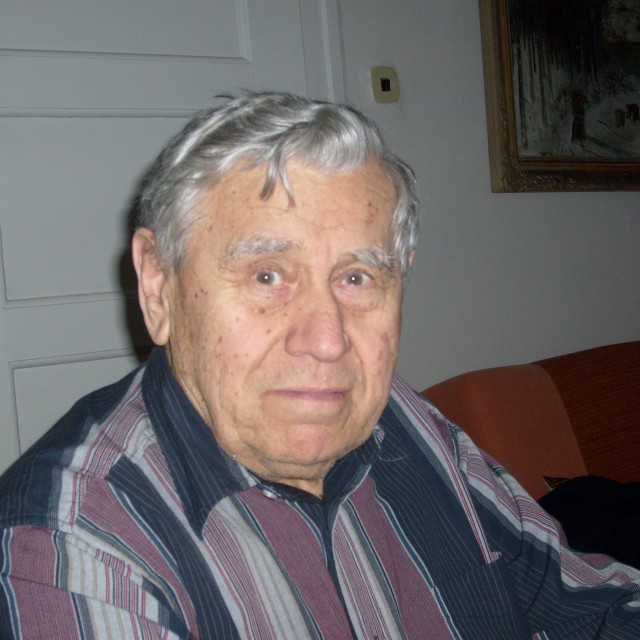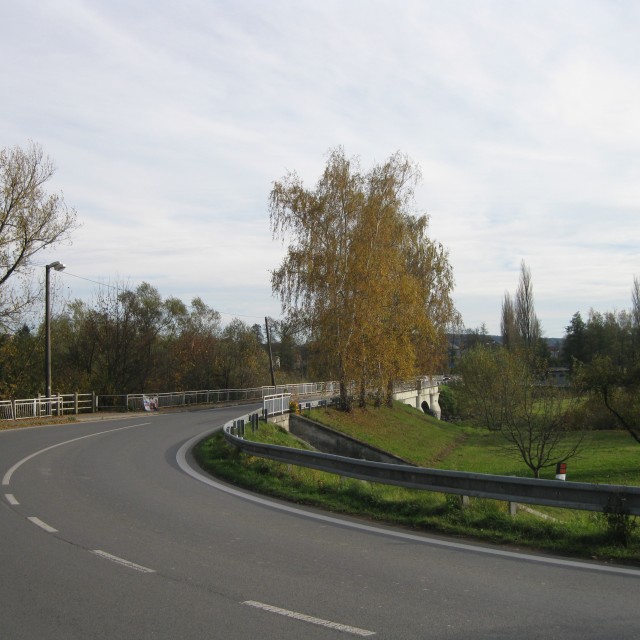Across the demarcation line by train
Jiří Světlík witnessed the end of World War II in a German prison in Munich. His way home to Plzeň was hampered by a post-war reality that was present throughout all of Europe – devastated railroads and bombed bridges. In a bomb-shattered Munich, nobody cared about the repatriation of Czech political prisoners and forced laborers. They had to take care of their situation themselves. They established the so-called Czechoslovak self-help, officially called the “Czechoslovak Self-Help of the City of Munich,” acquired and repaired cars, obtained gasoline and food provisions in various German warehouses and depots, which the U.S. authorities subsequently authorized for them by issuing official certificates. They set out for the home-bound journey as late as by the end of May. Because of the wrecked bridges in Germany, they had to drive through Austria and Linz. Jiří continued on a bike to České Budějovice and from there, he could already take a train. “I went on the first train going from České Budějovice to Plzeň. Until then, the trains didn't go that far. They would cross the U.S.-Soviet demarcation line at Nezvěstice. There, the Americans checked the train and drew up a list of all passengers. Those who didn't have a pass, or whose documents the Americans did not accept, were left on the other side of the line. There was no debate about it, you’re not coming over to America, son,” he recalled. All the others were put on a list, the Americans got into a jeep and drove to the headquarters of the U.S. Army in Rokycany to ask for a permission for the train to cross the line. An hour later, they’d return and the train was left to continue to Plzeň. “It was right after the war, people were enemies. I was lucky because I had an American passport, thus I could pass,” he continued. The journey from Munich to Plzeň took him three days to complete.
Hodnocení
Hodnotilo 0 lidí
Routes
Not a part of any route.
Comments
No comments yet.



